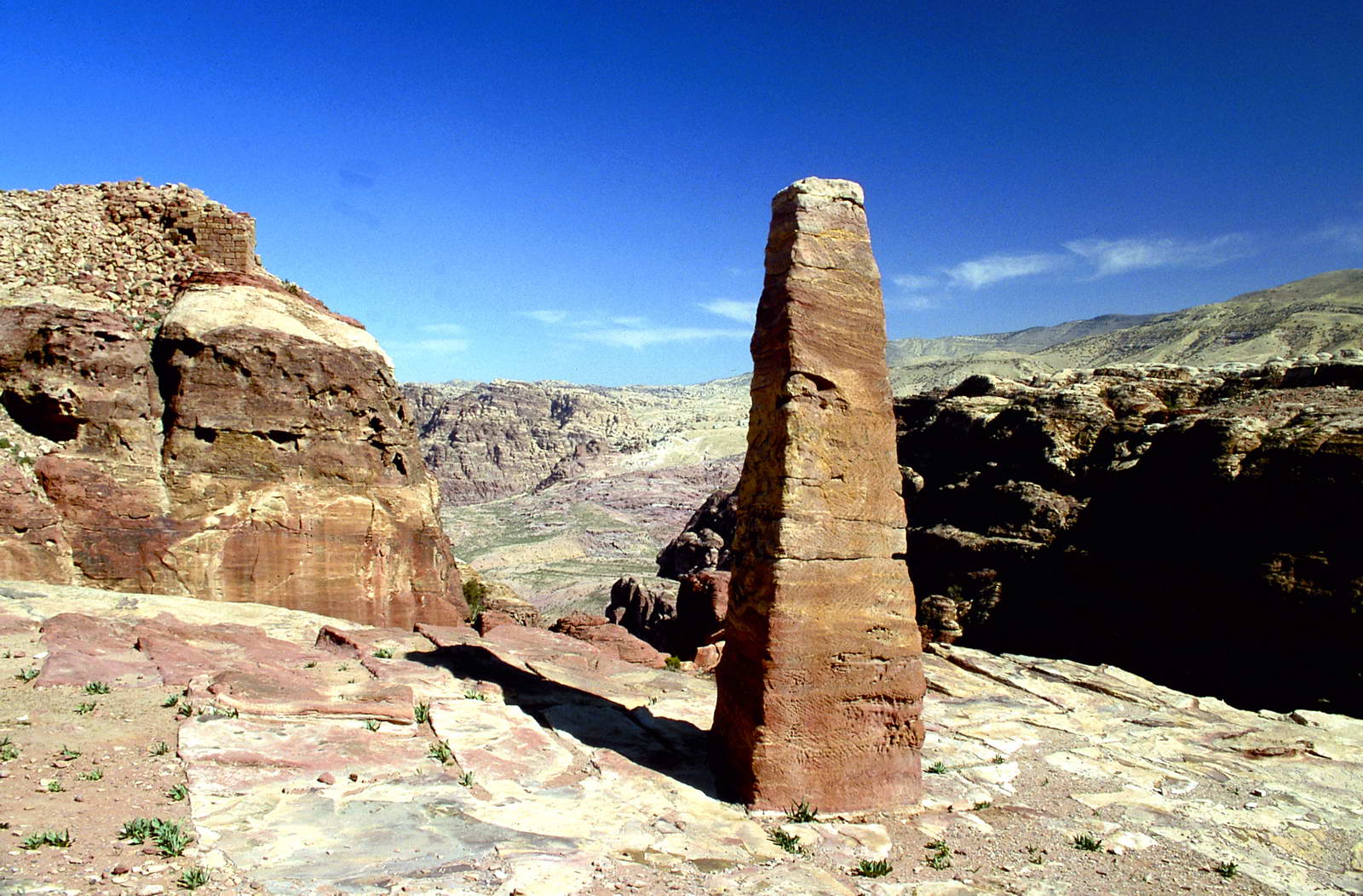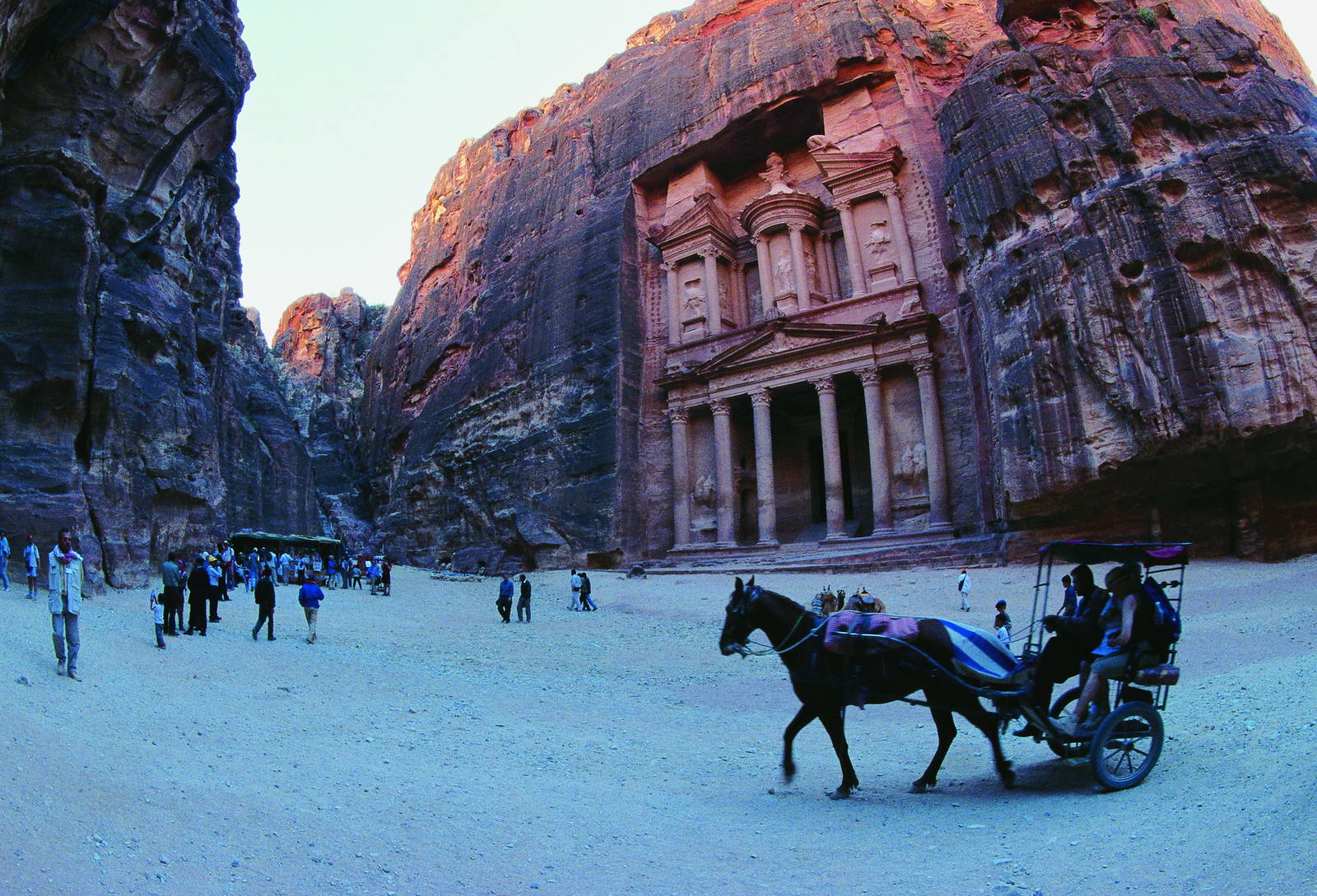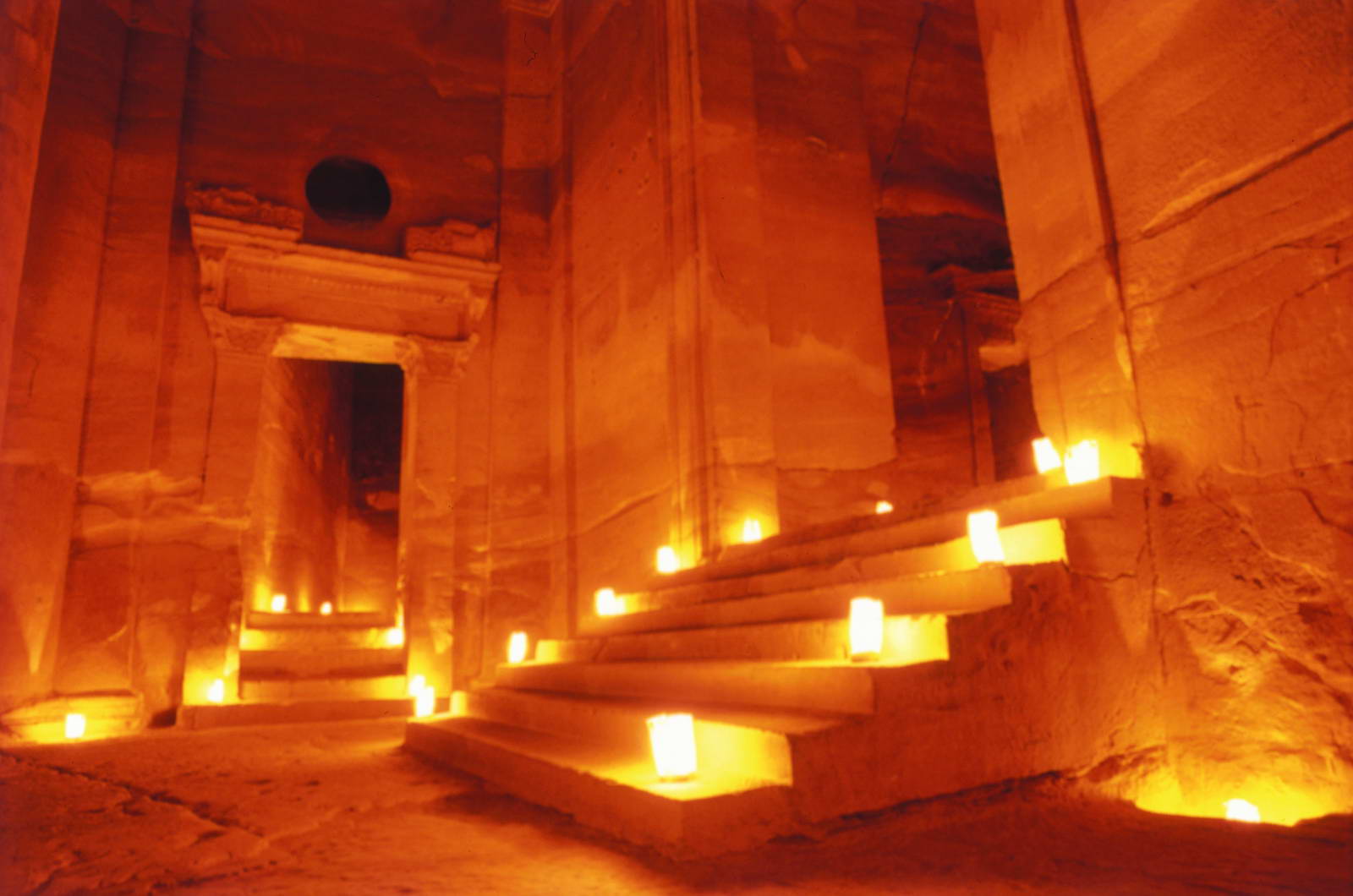Petra has made its place on top travel records – one of the principal ten spots to explore in the course of your life, the new Seven Wonders of the World. However, unlike a couple of spots that feature those overviews, Jordan is very simple and not exorbitant to visit. There is a settlement that reaches from tent camps to five-star resorts. There is extraordinary public transport, and it is not difficult to drive yourself. It is safe, and everybody is very welcoming and cordial.

So if you need to visit Petra, which is the ideal way to deal with doing it. Numerous associations are offering Petra tours from Amman. It is wise to know about the spot before you become part of such visits. Here is all that you need to know before you visit Petra.
How to arrive at Petra
If you are going to Petra, it's 236 kilometers and about 3 hours from Amman to Petra utilizing the faster Desert Highway or 255 kilometers and about 4.5 hours through the more slow yet dynamically beautiful King's Highway. From Aqaba to Petra, it's a 126 kilometers drive taking up to 2 hours. There is free vehicle parking in Petra just opposite the parking of Petra Moon hotel. On the off chance that you visit Petra with a local tour administrator, they will organize agreeable transportation, and you do not need to bother over all these.
The best time to visit Petra
The best time to visit Petra is all through the spring and pre-winter. This is as temperatures are not very high and there are not many groups visiting then. The ticket office is ordinarily open from 6 am to 6 pm in the mid-year and from 6 am to 4 pm all through the winter, and Petra closes around dusk. It is wise to visit Petra after dawn and twilight.

The site is also open around evening time on Mondays, Wednesdays, and Thursdays when candles light up the Siq and Treasury. Tickets are reasonable, and the visit starts at 8.30 pm and finishes at about 10.30 pm. It is incredibly popular, so I propose waiting so you can walk around slowly and experience the Siq far from the scrum of visitors.
Spots to visit in Petra
The Nabataeans, who cut regal homes, sanctuaries, burial chambers, storerooms, and stables from the fragile stone feigns, worked the amazing sandstone city of Petra in the third century BC. Today it is a World Heritage Site that necessities little introduction. It is pointless to say, no visit to Jordan is complete without any exploration of this Ancient City. You can reach through the close by town of Wadi Musa or Amman.
Siq
The 1.2km Siq, or gorge, with its tight, vertical dividers, is one of Petra's highlights. The walk around this heavenly corridor, as it winds its way towards the covered city, is one overflowing with the assumption for the wonders ahead – a point not wasted on the Nabataeans, who made the part into a blessed way, interspersed with destinations of significant centrality.
High Place of Sacrifice

The most accessible of Petra's High Places, this very much-saved site is on Jebel Madbah with channels to flow out the blood of sacrificed animals. A flight of steps signposted not long before the Theater prompts the site: turn straightforwardly at the stone monuments to reach the sacrificial stage. You can hire a donkey; nevertheless, you will relinquish both the sensation of achievement on accomplishing the highest point and the amiableness of your helpless old transport.
Monastery
Disguised high in the slopes, the Monastery is one of the extraordinary tourist spots of Petra. Relative in an arrangement to the Treasury yet far more noteworthy, 50m wide and 45m high, built in the third century BCE as a Nabataean burial place. It gets its name from the crosses cut inside dividers, reminiscent of its usage as a Byzantine event gathering. The antiquated stone cut way of an excess of 800 stages starts from the Basin Restaurant and seeks an old expert course.
Theater
At first worked by the Nabataeans, not the Romans more than 2000 years earlier, the Theater is cut out of the rock. The Romans stretched out it to hold around 8500, around 30% of the number of occupants in Petra not long after arriving in 106 CE. Damaged by a quake in 363 CE, the Theater's destruction began to develop various constructions, yet it stays a Petra highlight.
Urn Tomb
Indisputable of the Royal Tombs is the Urn Tomb, prominent by the colossal urn over the pediment. The regularly planned inside of the Urn Tomb estimates a huge 18m by 20m.
Royal Tombs

Downhill from the Theater, the aqueduct expands to make a greater road. Aside, the unbelievable massif of Jebel Al Khubtha waits over the valley. Inside its westward feigns are burrowed, likely the most imperative entombment places in Petra, alluded to in general as the 'Royal Tombs.' They look particularly stunning washed in the splendid light of nightfall.
Treasury
Alluded locally as Al Khazneh, this burial chamber is the spot most visitors become fascinated with Petra. The Hellenistic outside is a stupefying piece of artisanship. Cut out of iron-stacked sandstone to fill in like a burial place for the Nabataean King Aretas III; the Treasury gets its name from the story that an Egyptian pharaoh covered his fortune here while seeking after the Israelites.
The ideal approach to appreciate all these while having comfort and security is to contact Jordan Private Tours & Travel. They have been arranging such tours for quite a long time. You can get in touch with them by sending a mail.
Comments
Post a Comment